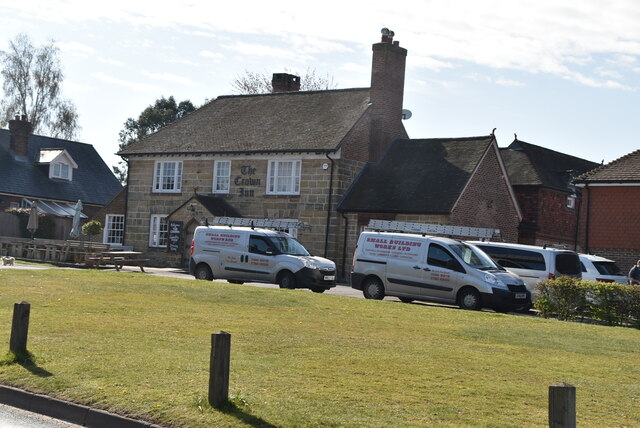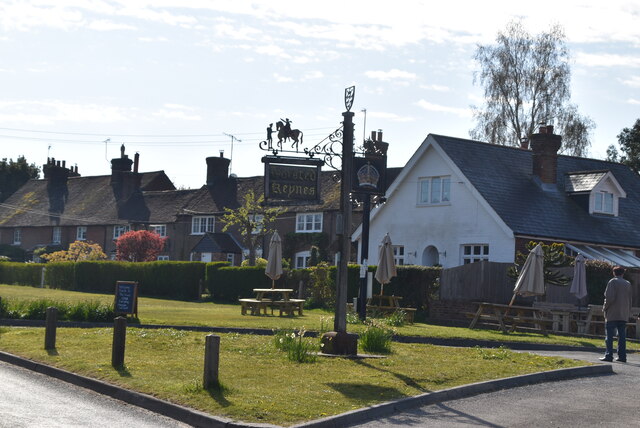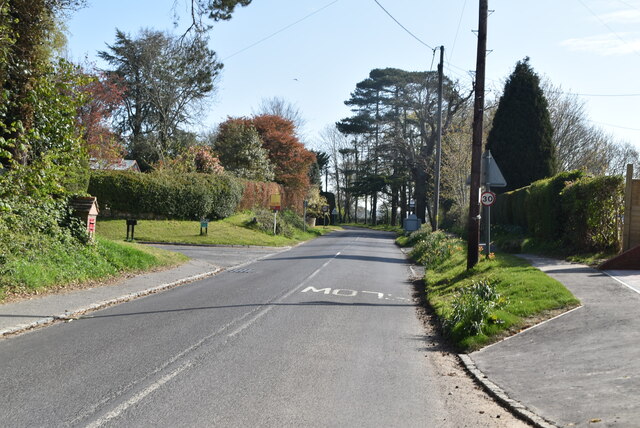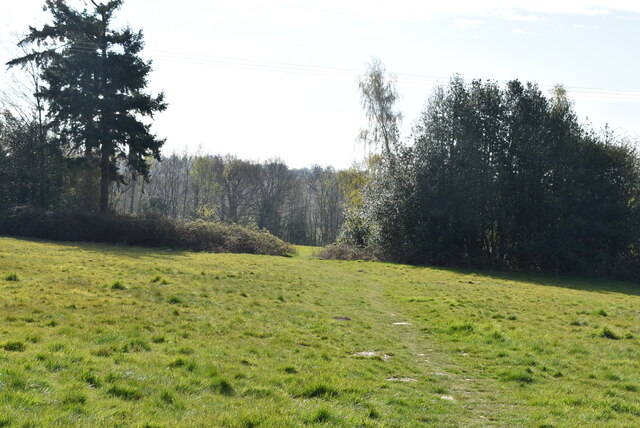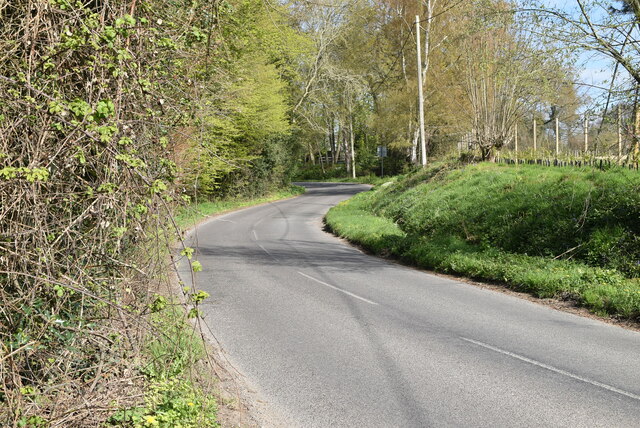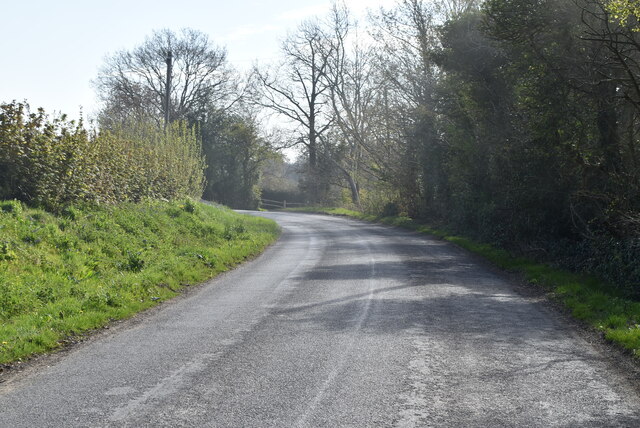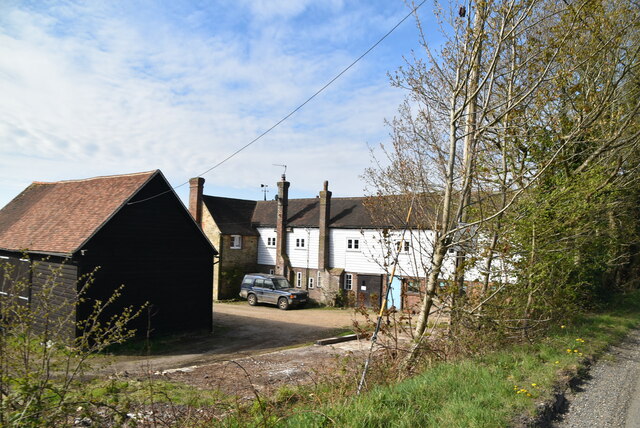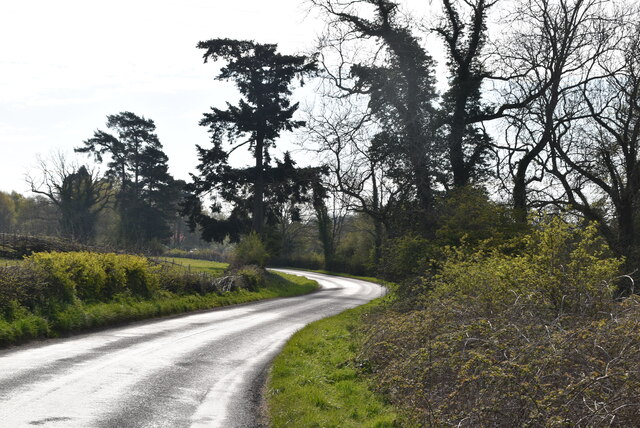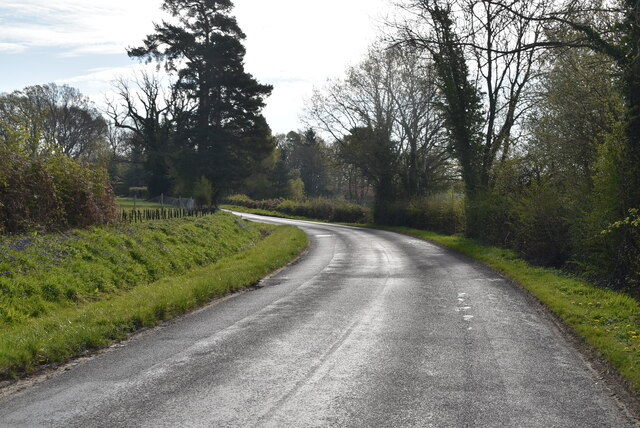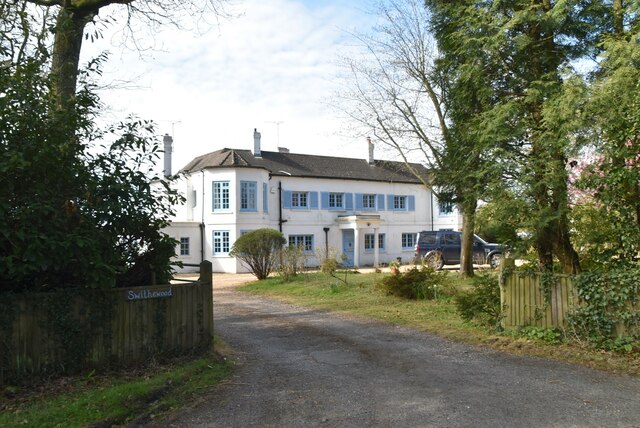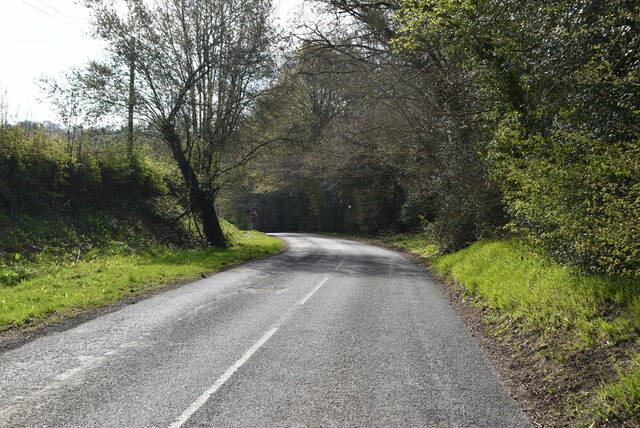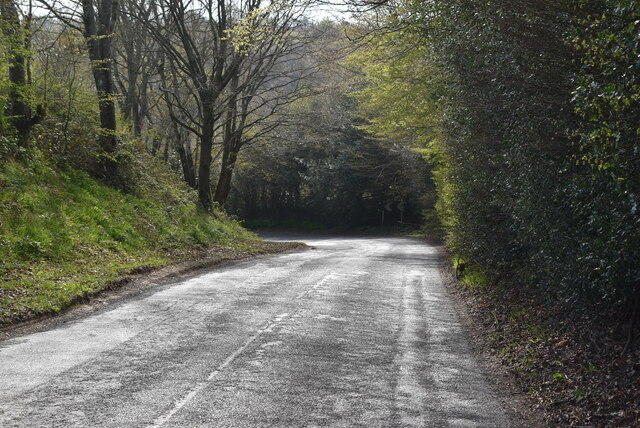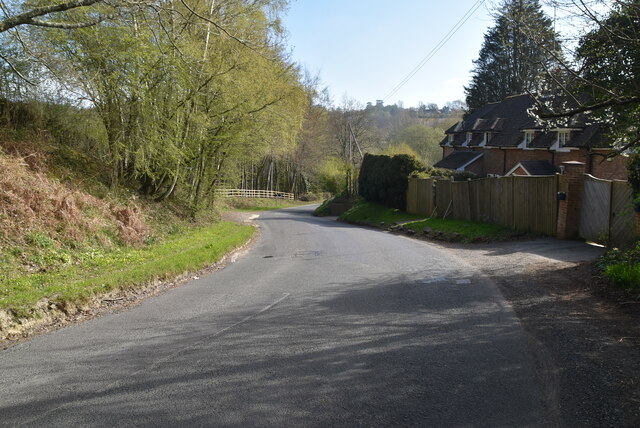Cowstocks Wood
Wood, Forest in Sussex Wealden
England
Cowstocks Wood
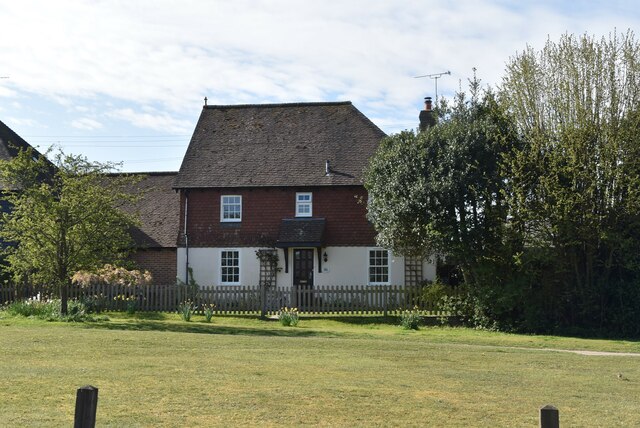
Cowstocks Wood is a beautiful woodland located in Sussex, England. It covers an area of approximately 50 hectares and is well-known for its diverse range of flora and fauna. The wood is situated near the village of Cowstocks, hence its name.
The woodland is predominantly composed of broadleaf trees such as oak, beech, and ash, creating a stunning natural canopy that provides shade and shelter for various species of wildlife. The forest floor is covered in a rich carpet of bluebells, wild garlic, and ferns, adding to the area's picturesque beauty.
Cowstocks Wood is home to an array of wildlife, including woodland birds such as woodpeckers, owls, and various species of songbirds. Mammals such as deer, foxes, and badgers can also be spotted in the area. The wood's diverse ecosystem supports a wide range of insects, butterflies, and reptiles, making it a haven for nature enthusiasts and photographers.
The wood is easily accessible via well-maintained footpaths and is a popular destination for walkers, joggers, and dog owners. The peaceful atmosphere and tranquil surroundings make it a perfect escape from the hustle and bustle of city life.
Cowstocks Wood is managed by the local council, which ensures the preservation of its natural beauty and protection of its wildlife. The wood also serves as an educational resource, with guided tours and nature trails available for visitors to learn more about the woodland ecosystem.
Overall, Cowstocks Wood is a stunning natural gem in Sussex, offering a peaceful retreat for nature lovers and a haven for diverse wildlife.
If you have any feedback on the listing, please let us know in the comments section below.
Cowstocks Wood Images
Images are sourced within 2km of 51.022604/-0.012999293 or Grid Reference TQ3926. Thanks to Geograph Open Source API. All images are credited.

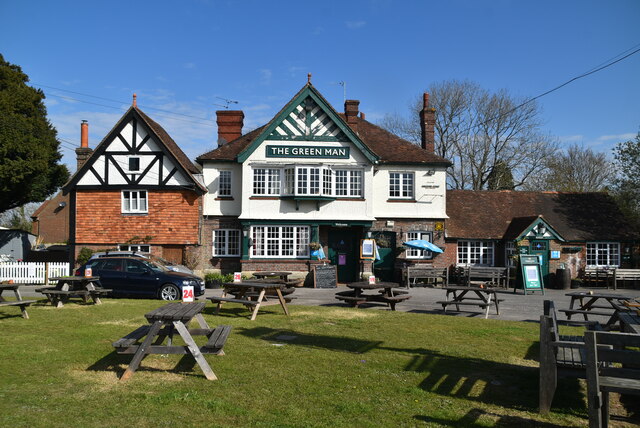
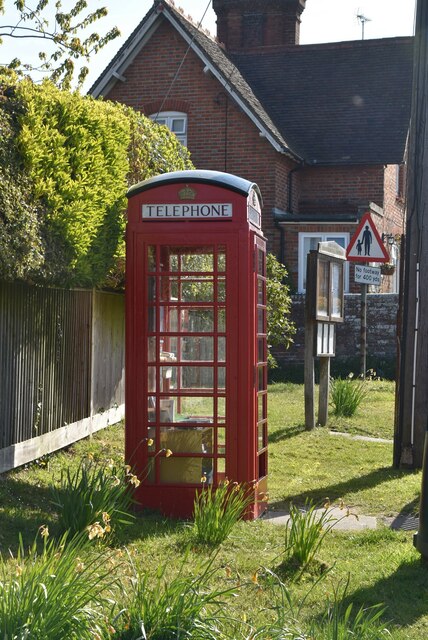
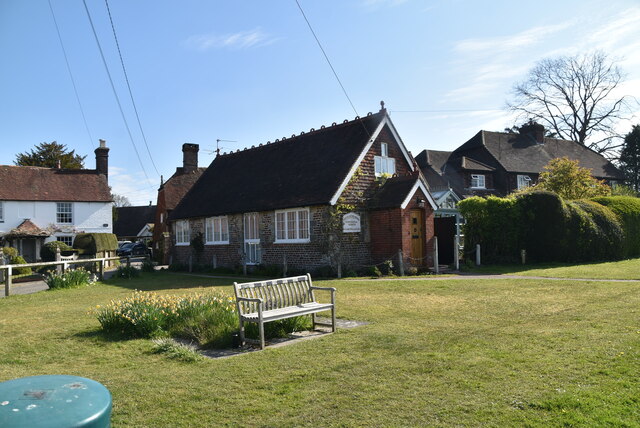
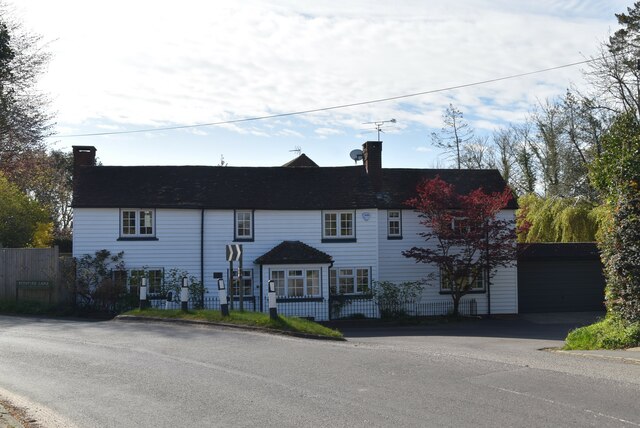
Cowstocks Wood is located at Grid Ref: TQ3926 (Lat: 51.022604, Lng: -0.012999293)
Administrative County: East Sussex
District: Wealden
Police Authority: Sussex
What 3 Words
///vandalism.races.lucky. Near Horsted Keynes, West Sussex
Nearby Locations
Related Wikis
Freshfield Lane
Freshfield Lane is a 17-hectare (42-acre) geological Site of Special Scientific Interest east of Haywards Heath in West Sussex. It is a Geological Conservation...
Danehill, East Sussex
Danehill is a village in East Sussex, England. == Religious sites == There are two Anglican churches in the parish: one at Danehill (dedicated to All Saints...
Furner's Green
Furner's Green is a hamlet in the civil parish of Danehill in East Sussex, England. == Geography == Furner's Green lies on the Greenwich Meridian about...
Horsted Keynes
Horsted Keynes KAYNZ is a village and civil parish in the Mid Sussex District of West Sussex, England. The village is about 5 miles (8 km) north east...
St Giles' Church, Horsted Keynes
St Giles' Church is an Anglican church in the village of Horsted Keynes in Mid Sussex, one of seven local government districts in the English county of...
Bluebell Railway
The Bluebell Railway is an 11 mi (17.7 km) heritage line almost entirely in West Sussex in England, except for Sheffield Park which is in East Sussex....
Sussex
Sussex (; from the Old English Sūþsēaxe; lit. 'South Saxons') is a historic county in South East England that is bounded to the west by Hampshire, north...
Sussex Wildlife Trust
The Sussex Wildlife Trust (SWT) is a conservation charity which aims to protect natural life in Sussex. It was founded in 1961 and is one of 46 wildlife...
Nearby Amenities
Located within 500m of 51.022604,-0.012999293Have you been to Cowstocks Wood?
Leave your review of Cowstocks Wood below (or comments, questions and feedback).
